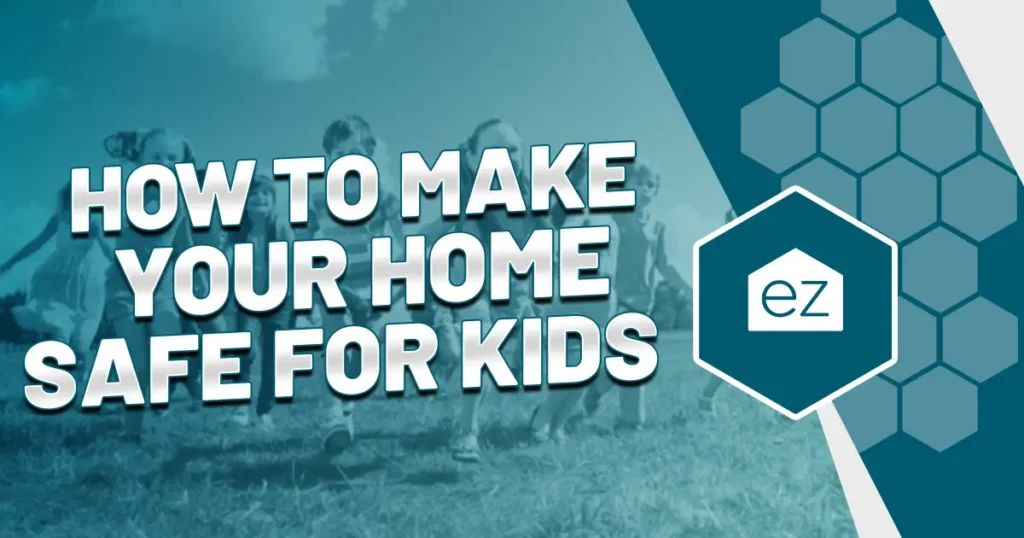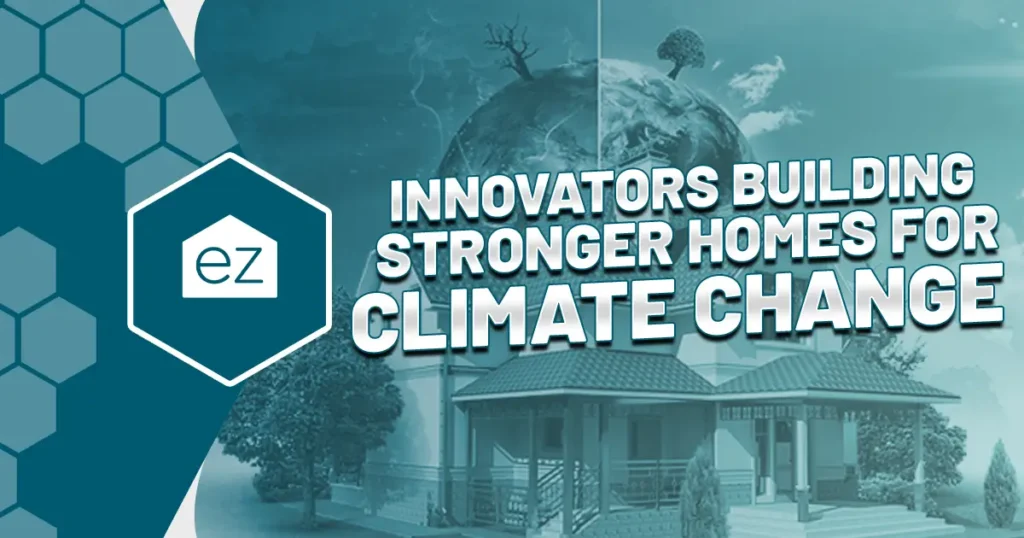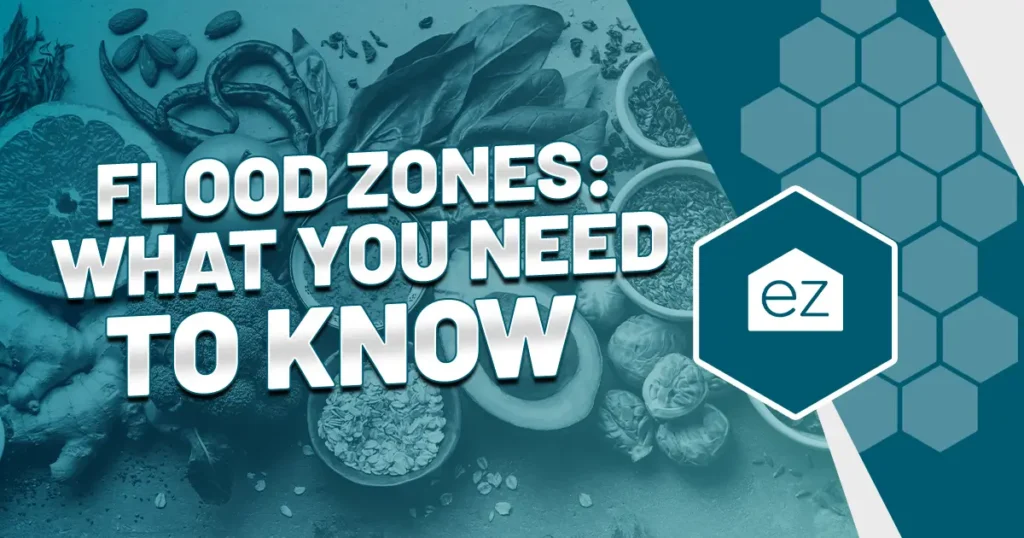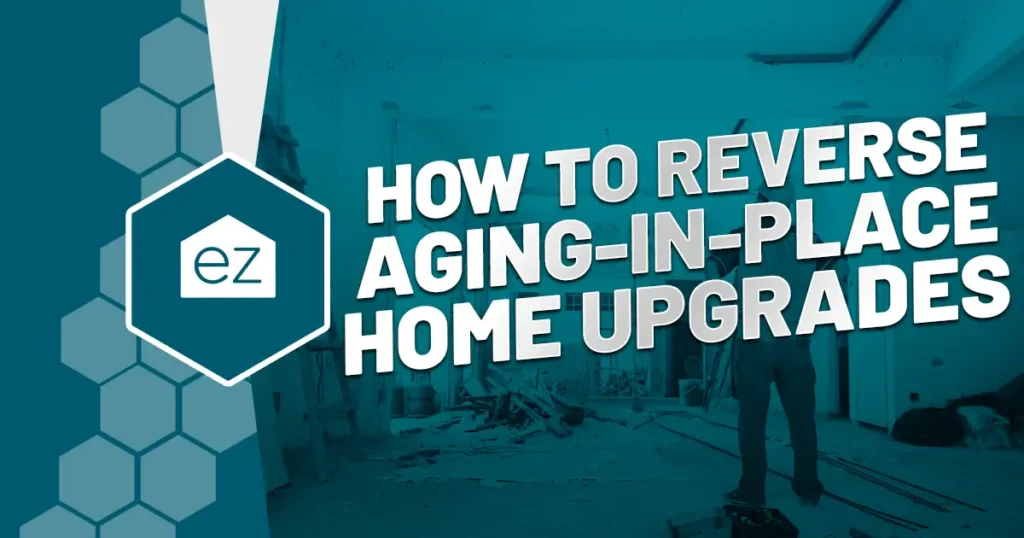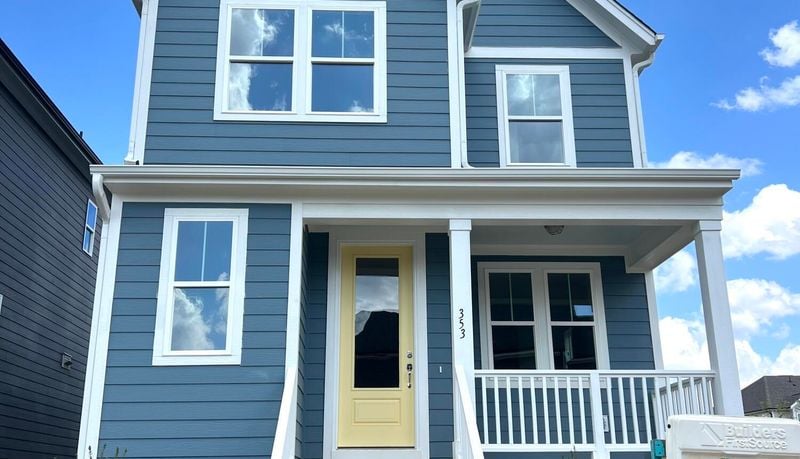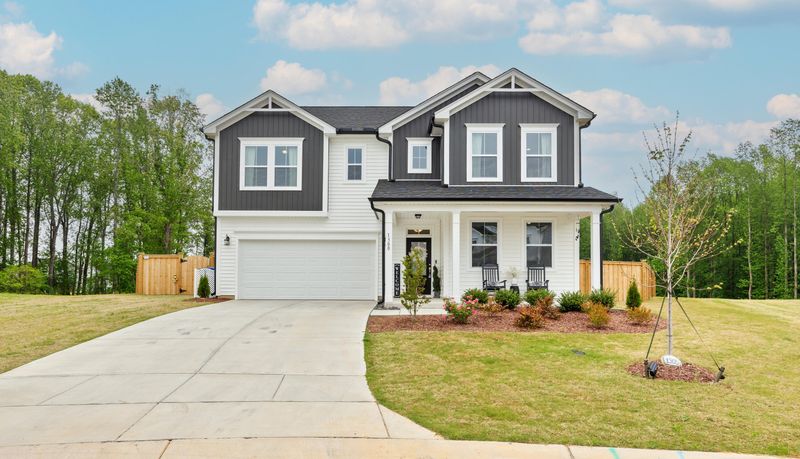8 Technologies That Can Support Home Storm Security and Safety
Did you know the US experienced an average of 18 weather- and climate-related disasters annually from 2018-2022? For those living in storm-prone areas like the southeastern seaboard or the Gulf Coast, you know the drill. Hurricane season is an annual event. But it’s not just tropical storms; it’s tornadoes, pop-up thunderstorms, and heavy rain events.
Thanks to the unpredictable weather patterns caused by climate change, storm resilience is now a concern for homeowners near any seaboard. Hurricanes in California and Canada? Yep, it’s happened in this decade already! That’s why savvy homeowners look for cutting-edge solutions to protect their homes and families from Mother Nature’s recurring threats. All homeowners will benefit from upgrading their home’s security and safety features.
Storm Risks to Your Home
High-speed winds and flying debris wreak havoc, at their worst, turning roofs into sails and shattering windows. Flooding turns living rooms into fish tanks. The constant battering of both weakens an unreinforced home’s structure. Plus, there’s the post-storm aftermath. Contaminated water sources and lack of power pose health risks.
With these threats in mind, it’s a no-brainer to look at how the latest advances boost home security and prevent storm damage. High-tech weather trackers, new construction techniques, automated storm-resistant features – the market now has an impressive array of tools and gadgets designed to protect homes from storm damage.
It becomes increasingly apparent that leveraging these cutting-edge technologies is the key to making homes storm-resilient.
Innovations for Retrofitting Hurricane Resilient Structures
We know not everyone can afford to build a home from scratch. And with so many beautiful homes already built, waiting months for a new build is only desirable to some home buyers.
But buying an existing home doesn’t mean compromising safety and resilience when you can retrofit the older home with hurricane-resilient upgrades. Most common are hurricane straps or hurricane ties. These thin metal straps secure your roof to the walls, reducing the risk of it flying off in a storm. The connectors reinforce your home’s structural integrity in a high-wind event. Hurricane straps are available in multiple configurations to connect gables, saddles, and gussets.
Combine interior reinforcement with bulletproofing the exterior. High-impact glass windows stand strong against flying debris. Wind-rated reinforced garage doors resist buckling in high winds. Studies have shown that if the garage door gives, the rest of the home usually sees more damage.
Retrofit technologies like hurricane straps, high-impact windows, and reinforced garage doors increase how an existing home weathers storms. Plus, they potentially increase the property’s value while reducing the homeowner’s insurance rate, making it a wise investment for homeowners.
Improved Storm Panels
Storm panels, or hurricane shutters, are another game-changer. Forget about clunky plywood sheets as part of your hurricane preparations. Modern storm panels made from polycarbonate or aluminum provide superior strength and durability to shield your windows and doors from high-speed winds and debris.
And the best part? They’re removable, so you can keep your home’s curb appeal when the skies are clear.
As for the benefits, the newer polycarbonate storm panels are transparent. Where plywood turns your home into a cave, these allow natural light to enter even when the panels are installed. Aluminum panels won’t let the light in, but they are known for their high strength-to-weight ratio, offering robust protection without adding excessive weight to the building structure.
Storm panels are an upfront investment as they are specifically cut to fit your windows. But once done, they’ll last through all your storms.
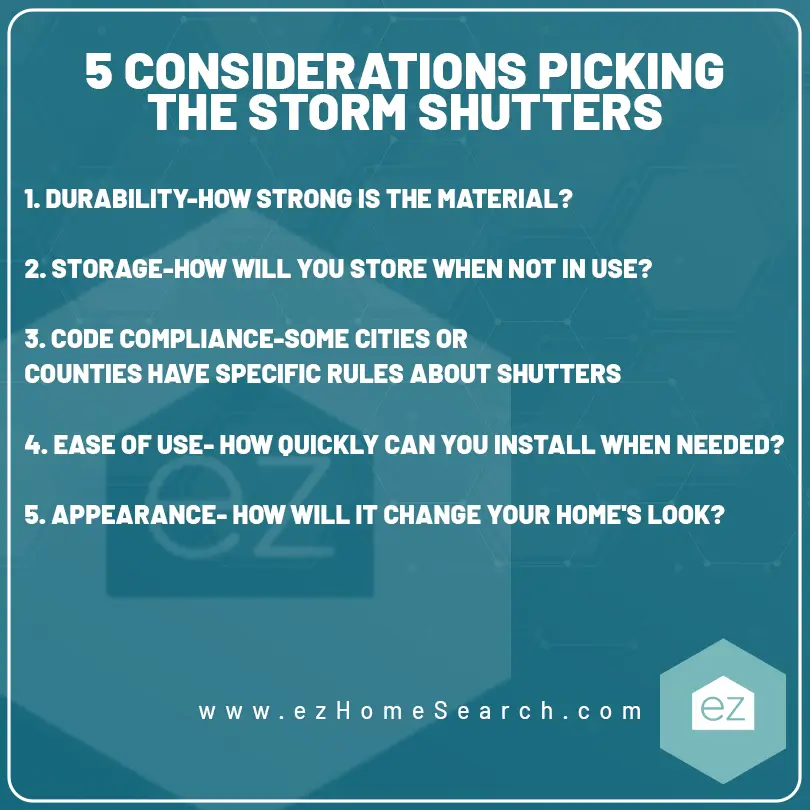
Improved Storm-Resistant Doors
Pay attention to your doors! Winds and water can easily push them in, too. Fiberglass or steel storm-resistant doors withstand extreme weather conditions. Reinforced cores, impact-resistant glass, and special hardware make them a sturdy and stylish choice for storm protection.
Another essential feature in storm-resistant doors is the inclusion of impact-resistant glass. This glass absorbs the impact of flying debris. Even if shattered, the glass remains adhered to a plastic interlayer, preventing dangerous shards from scattering and maintaining a barrier against wind and rain.
Storm-resistant doors often come with special hardware, including stronger hinges, locks, and bolts, which provide added security and stability during severe weather. As a bonus, it bolsters your home security year-round as they are more challenging for thieves to break in through.
Improved Shatter-Resistant Windows
Even a soft palm frond turns into a high-impact projectile during storms. Windows are an obvious weak point. Shattered glass exposes the home’s interior to the elements, and any airborne shards pose a safety hazard to its inhabitants.
Shatter-resistant windows are a major leap in home safety technology. Designed with layers of plastic or resin sandwiched between glass, these tempered windows withstand brunt impacts without shattering to pieces: no more dangerous shards or exposure to the elements.
As a bonus, shatter-resistant windows are often coated with a low-emissivity (low-e) layer that reflects heat. It makes them energy efficient, saving you some bucks on your energy bill.
More Resilient Smart Grids
Smart grids are the superheroes of the power supply world, automatically adapting to changes in energy usage and preventing outages during storms. They’re not just efficient; they’re sustainable, incorporating renewable energy sources and allowing homeowners to control their energy usage.
Traditional power grids are passive, with electricity flowing in a single direction. The operating utility has limited information about its customers’ power usage. In the past, it’s led to an increased likelihood of outages during storms.
In contrast, smart grids actively manage power distribution based on real-time data, which allows them to balance supply and demand optimally and reroute power when a part of the grid fails, thereby minimizing the impact of outages and power surges.
Advanced Air Quality Monitors
Advanced Air Quality Monitors are cutting-edge devices intended to measure and track air quality within the home. During major storms, we don’t often consider air pollutants risks. However, dust, debris, and other pollutants may compromise air quality long after the main event. With real-time tracking and alerts, these devices ensure home residents are not exposed to invisible but harmful air conditions.
Today’s Air Quality Monitors provide:
- A comprehensive air quality analysis.
- Measure factors like volatile organic compounds (VOCs), particulate matter (PM2.5), carbon dioxide, and humidity.
- Temperature reading.
Monitors synced to Wi-Fi can send real-time alerts to your phone. Some integrate with smart home systems, triggering automatic actions like turning on an air purifier when the air quality drops.
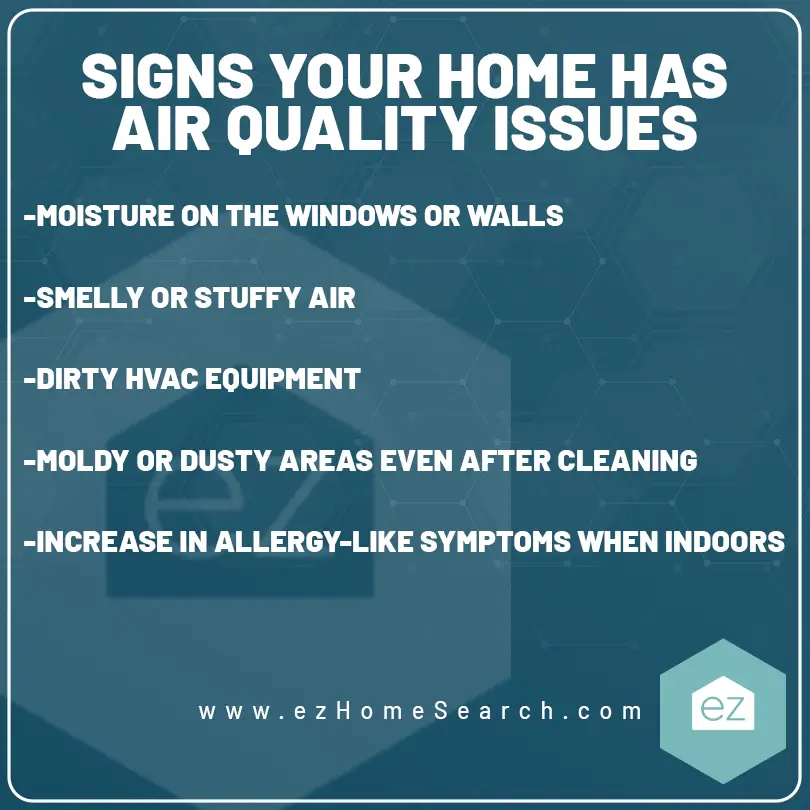
Smart Air Purifiers
Speaking of clean air, let’s talk about Smart Air Purifiers. These aren’t your boxy grandma’s purifiers that drown out all noise; they’re quiet and compact. Internet-enabled, they adjust their operation based on real-time air quality data.
They can automatically increase their purification speed when pollutants are detected and then return to normal operation once the air quality improves.
Some Smart Air Purifiers provide detailed reports on the pollutants they’ve detected and removed, giving homeowners a better understanding of their indoor air quality.
Future Developments in Home Safety Technology
What’s next on the horizon? Brace yourselves for Artificial Intelligence (AI) taking center stage in home safety. Imagine AI-powered security systems predicting storm damage based on weather forecasts. Some power grids are already doing this in advance of anticipated severe weather.
And get ready for energy-independent devices, ensuring your safety systems keep running even during power outages. The future also promises fully integrated smart homes, where all safety devices work together seamlessly to optimize home safety. It would roll out automatic hurricane shutters even if you’re far from home.
The future holds immense promise in the realm of home safety technology. We can expect a new era of home safety that is more proactive, resilient, and efficient in preventing storm damage.
Start Your Home Search
Preston Guyton
Share this Post
Related Articles
Home Safety
How to Make Your Home Safe For Kids
Home Safety
Flood Zones: What You Need to Know
Home Safety
